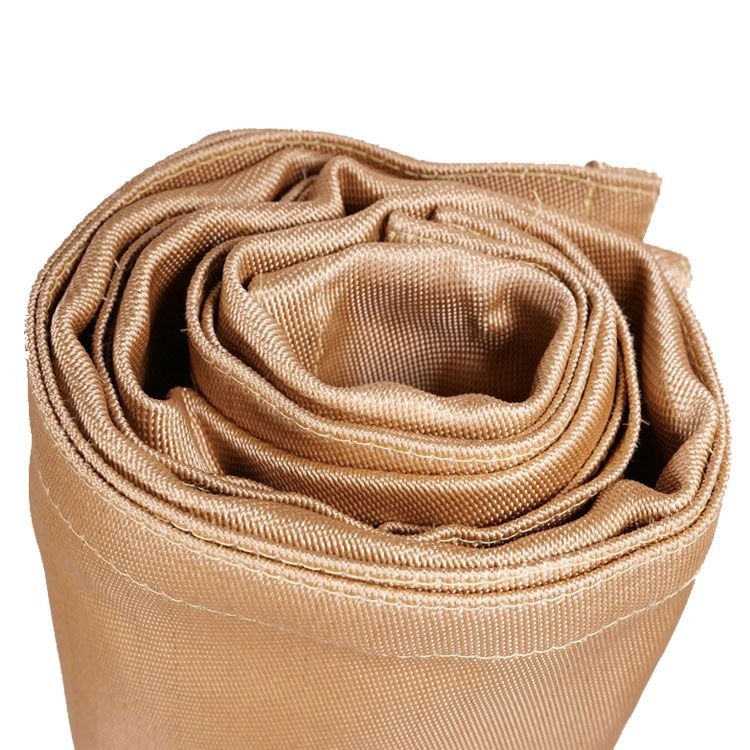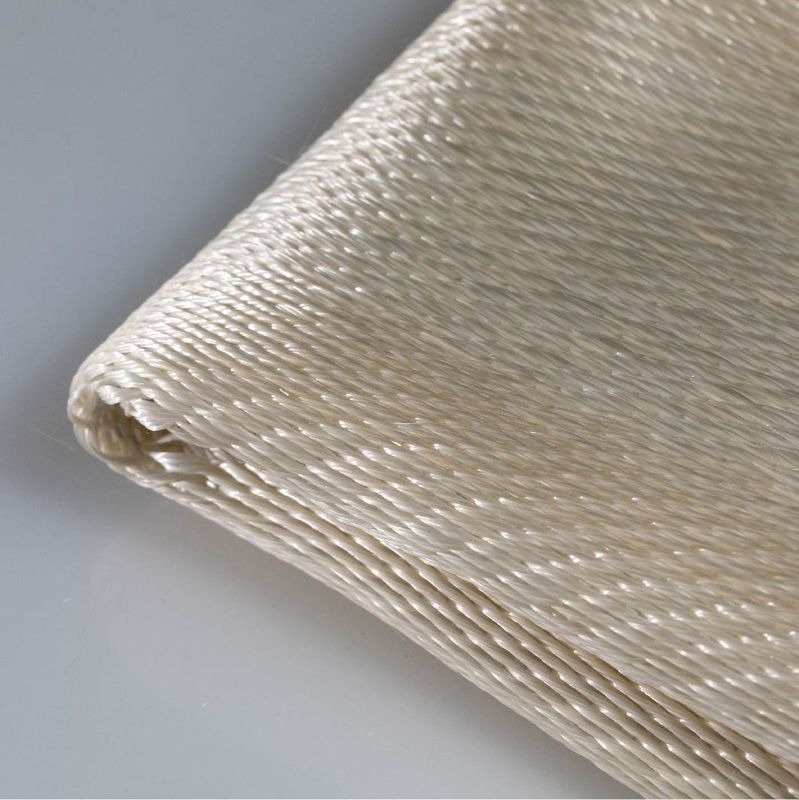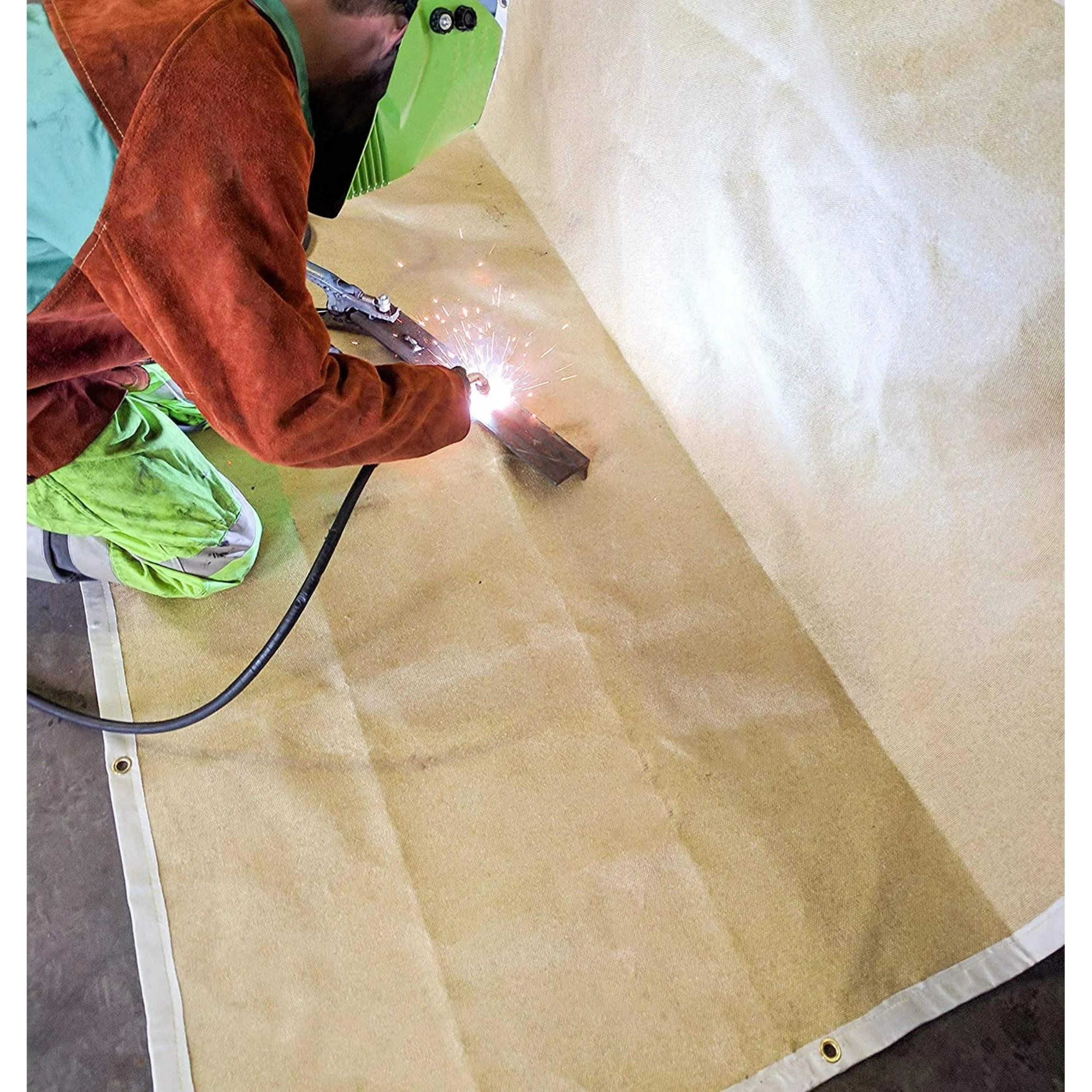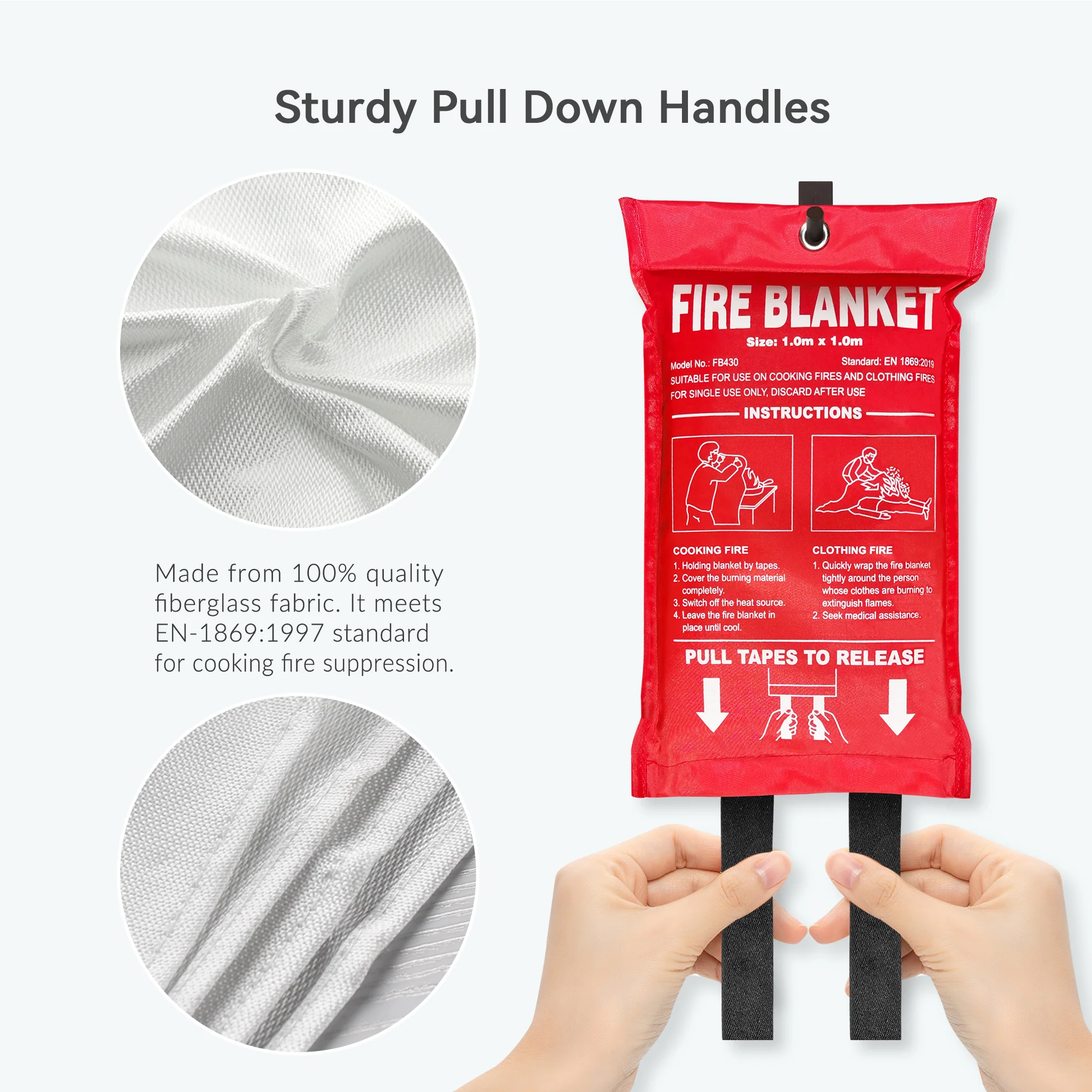Arc Welding Blanket Guide: Safety, Uses and Material Selection Tips
Summary:Arc welding blankets protect against sparks, heat and molten metal. This guide explains their materials, proper usage, safety benefits, and how to choose the right one for your welding projects.
What Is an Arc Welding Blanket?
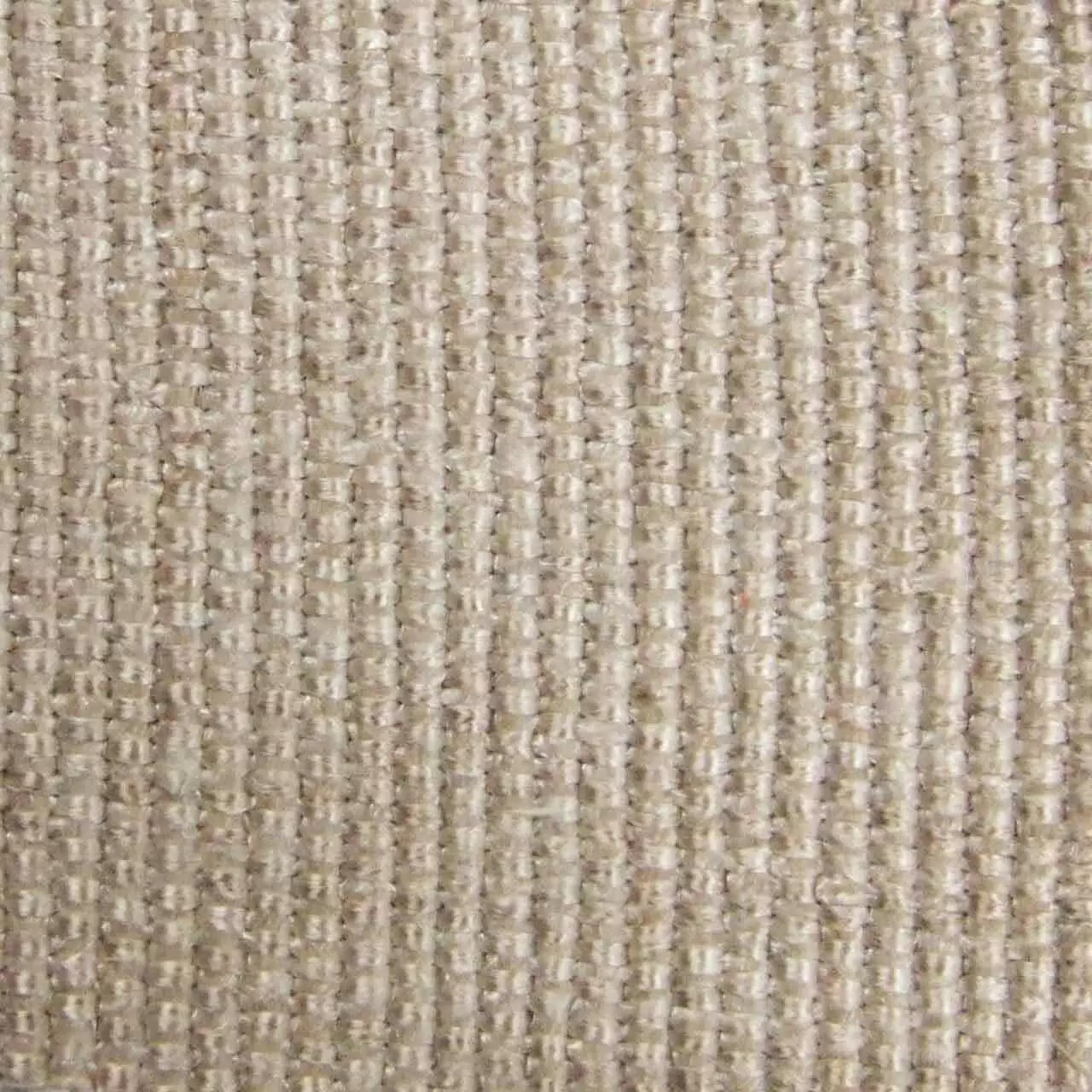
An arc welding blanket is a protective safety device made from flame-resistant materials. You use it to cover flammable surfaces near your welding area. These blankets stop sparks, slag, and molten metal from causing fires or damaging surrounding equipment.
Key Benefits of Using Arc Welding Blankets
1. Fire Prevention:The primary purpose is to create a barrier against welding sparks that can reach 2,000°F (1,093°C).
2. Surface Protection:They shield floors, walls, and valuable equipment from heat damage and spatter.
3. Versatility:You can use them in shops, construction sites, or temporary work areas.
4. Reusable:Quality arc welding blankets last through multiple projects when properly maintained.
Materials Used in Arc Welding Blankets
Different materials offer varying levels of protection:
Fiberglass:Most common choice, withstands temperatures up to 1,000°F (538°C). Look for silicone-coated fiberglass for better durability.
Carbon Fiber:Handles extreme heat up to 2,000°F (1,093°C), ideal for high-amperage welding.
Kevlar:Lightweight option good for lower-temperature applications.
Ceramic Fiber:Used in specialized blankets for exceptionally high temperatures.
How to Choose the Right Arc Welding Blanket
Consider these factors when selecting your blanket:
1. Temperature Rating:Match it to your welding process - MIG, TIG, and stick welding produce different heat levels.
2. Size:Standard sizes range from 4'x6' to 10'x12'. Choose based on your work area.
3. Thickness:Thicker blankets (1/8" to 1/4") offer better protection but are less flexible.
4. Attachment Options:Some include grommets for hanging or weights for staying in place.
Proper Use and Maintenance
To get the most from your arc welding blanket:
- Always inspect for damage before use
- Position it to cover all vulnerable areas
- Keep it at least 3 feet from the actual welding point
- Clean with compressed air or a soft brush - never wash with water
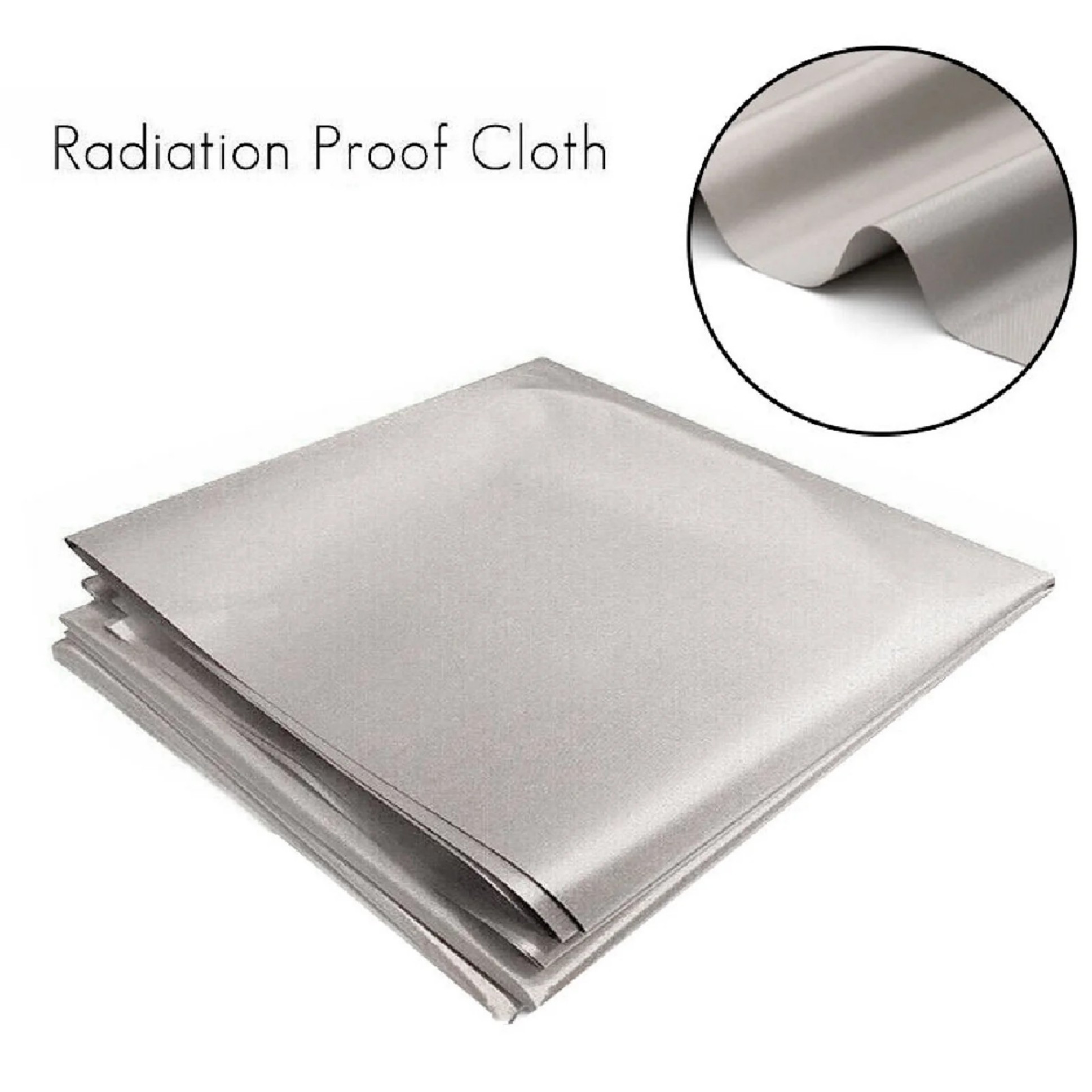
- Store flat or rolled, never folded, to prevent material fatigue
Safety Precautions
While arc welding blankets improve safety, remember:
- They don't replace proper PPE (helmet, gloves, clothing)
- Never use damaged blankets with holes or frayed edges
- Combine with other fire safety measures like extinguishers
- Allow blankets to cool completely before moving or storing
Common Applications
You'll find arc welding blankets useful for:
- Shop welding tables
- Pipeline welding
- Shipbuilding and repair
- Automotive fabrication
- Structural steel work
- Temporary job site protection
Frequently Asked Questions
Q: How long do arc welding blankets last?A: With proper care, 1-3 years depending on usage frequency and welding intensity.
Q: Can I make my own welding blanket?A: Not recommended. Commercial blankets undergo rigorous fire resistance testing.
Q: Are all welding blankets the same?A: No. Differences in material, weave density, and coatings affect performance.


